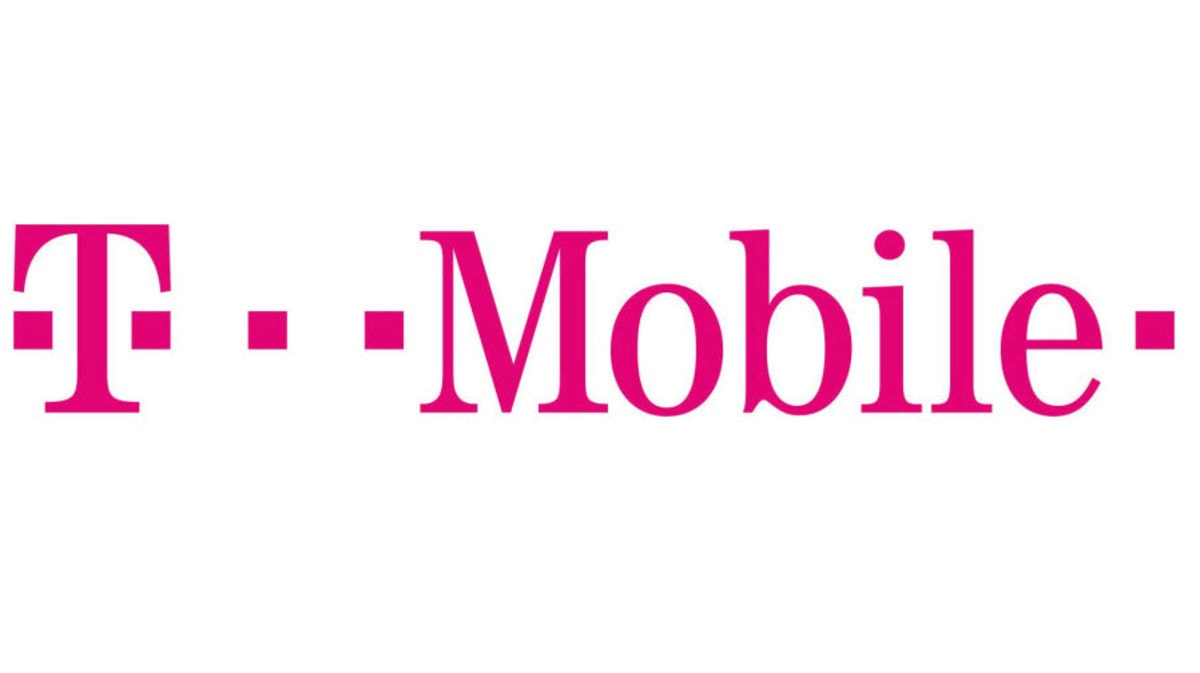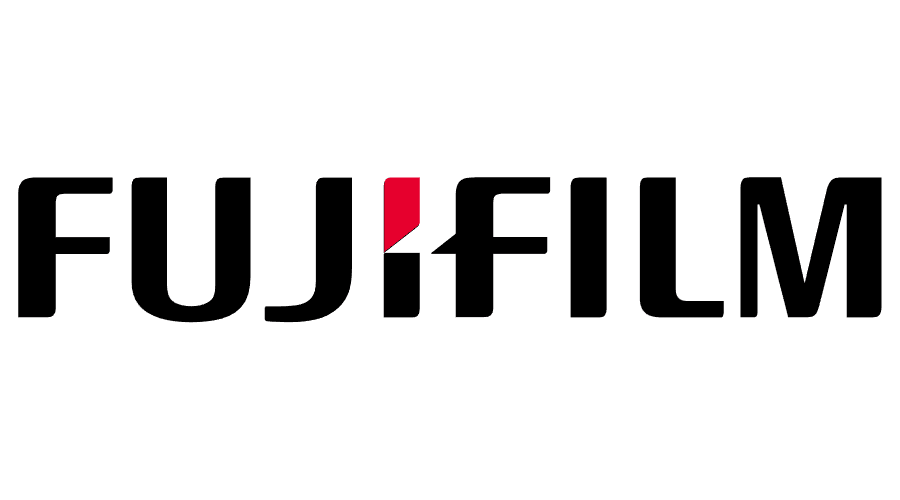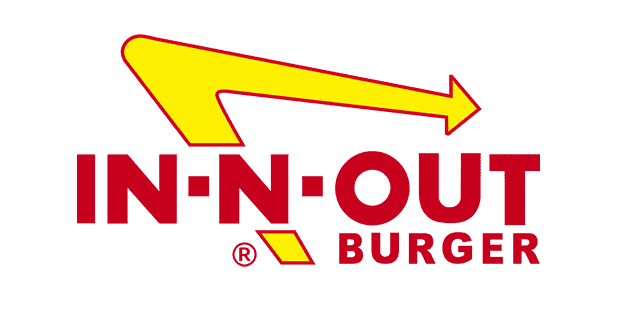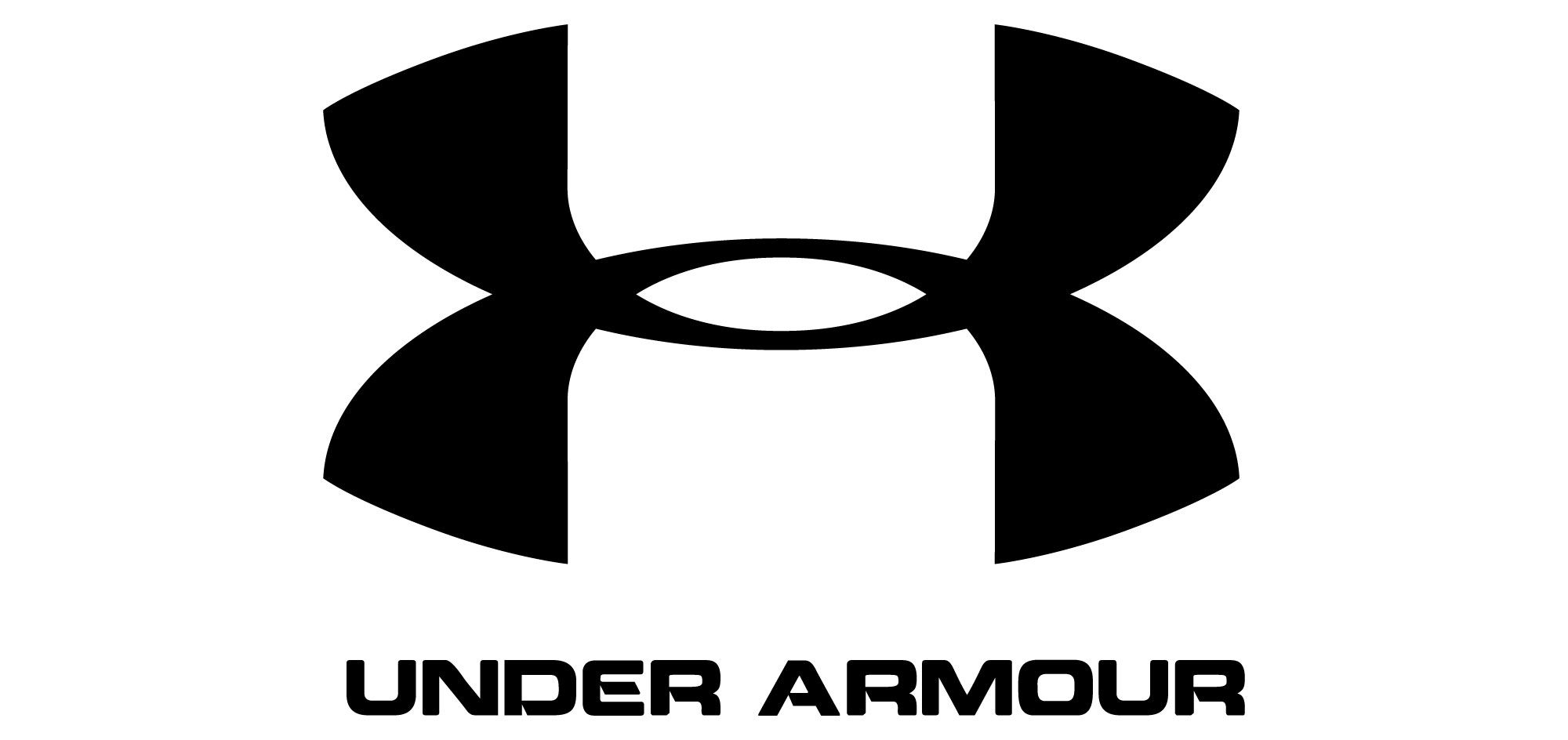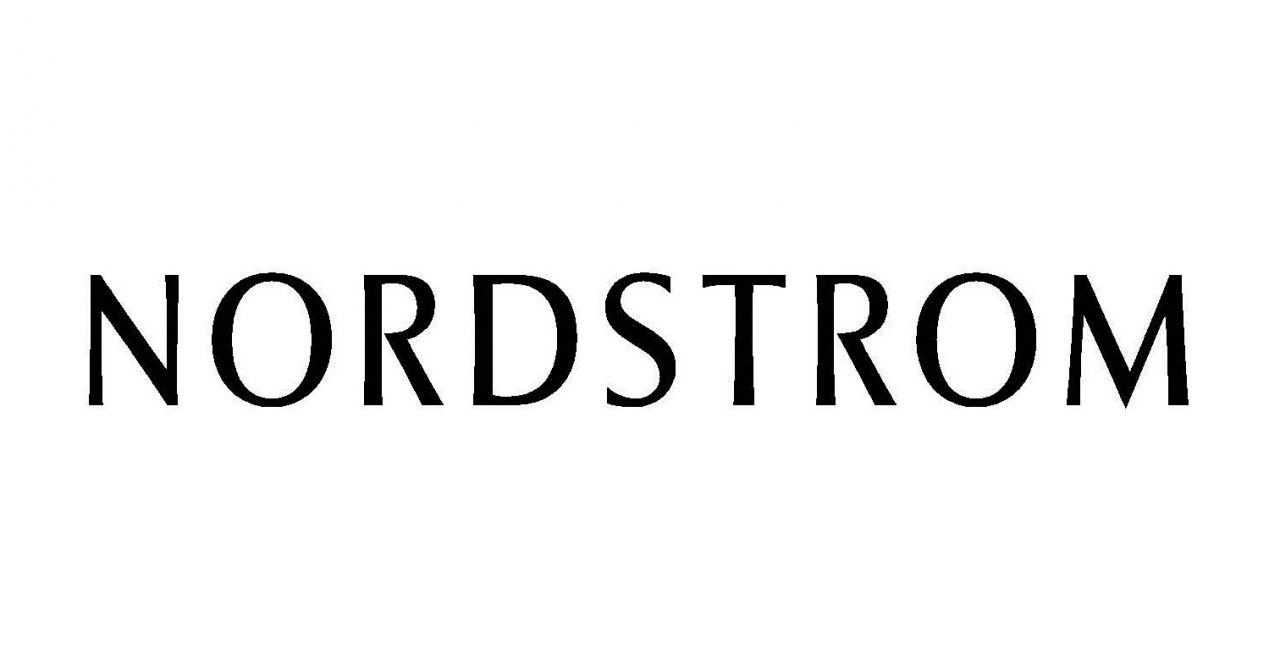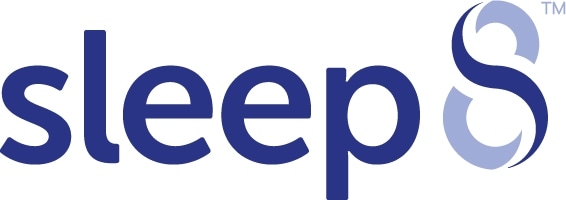A great business card can make a huge difference to your sales team’s success. From standing out from the crowd and making prospects take notice to building authority and prestige for your brand, a good business card can have a huge range of effects.
Despite this, business cards are often the one aspect of corporate branding that get the least amount of attention. Entrepreneurs and designers will obsess over logos, taglines and other visual identity, only to neglect their business card’s design.
When designed effectively, a business card communicates your position within your company, your company’s purpose and gives prospects and potential partners the information they need to get in touch with you.
When designed poorly, a business card can cause you to stand out for all the wrong reasons, from giving your business an unprofessional image to branding your firm as something that it simply isn’t.
In this guide, we’ll share five essential elements to include in your business card, from different contact options to typefaces. Read on to discover what goes into a perfect, results-driven business card.
Multiple contact options
In the pre-Internet days of business, the standard contact information to include in a business card was a phone number and physical address. Today, however, there are a wide range of contact options you can include as part of your business card.
If you work in a digital industry, make sure to include your email address. Another great idea is to include your social media profiles – Twitter usernames, Facebook Pages and other social identities make it easier for people to connect online.
This is particularly important if you work in digital B2B sales. Add your LinkedIn profile ID to your card to make it easy for sales and business development reps to connect with you online and initiate new deals.
Your company’s logo
If you work for a prestigious company, it’s essential that you include some aspects of its branding in your business card. This allows you to use your company’s brand as a point of influence – a statement that you’re established and trustworthy.
While a well-known brand lets you capitalize on your company’s identity, a lesser-known brand has the opposite advantage: by including your logo on your business card, you enhance your brand recognition whenever you give a card to someone.
Branding is an important part of building your company’s image, and it’s not one that you can neglect. Include your company’s logo – preferably on the rear of your business card – and you’ll improve its long-term branding.
Your professional title
The days of titles might be largely over, particularly in digital industries, but they’re still a major component of networking. This is particularly true if your business does a lot of trading with larger, more “traditional” companies.
Include your professional title on the front side of your business card, underneath your name and in a smaller typeface. Including your title allows people to work out your role in your business or organization to a greater, more detailed extent.
If you have an unusual title – for example, “Director of Growth,” which is becoming a more common title in digital industries – it’s important that your target audience is able to understand how it relates to your role within your company’s structure.
If you work in tech, a QR code
Who says you need to type in your email address to contact you online? By adding a QR code to your business card, you make it easier for people to get in touch with you online by letting them scan your card with their smartphone.
QR codes are square barcodes that can be assigned a unique URL. When a code is scanned by someone who receives your business card, their browser is sent to the address you’ve assigned to the QR code.
This can save a huge amount of time if you’d like to send prospects to a specific URL such as your LinkedIn profile, your personal page on your company’s website or a specific landing page as part of your marketing campaign.
A suitable typeface
Fonts say a lot about you, particularly on your business card. While a stylish, ultra-modern font might look great on a card for someone in the technology industry, it probably won’t make such a good impression in the investment banking world.
If your company works in a traditional, trust-driven industry such as banking or accounting, use a serif typeface on your business card. If your industry is far less traditional, feel free to be more creative and modern with your choice of font.
First impressions matter a lot, and a business card with its text printed in a strange or unique typeface can often make the wrong impression, costing you the trust and respect your business needs to close deals and make progress.






